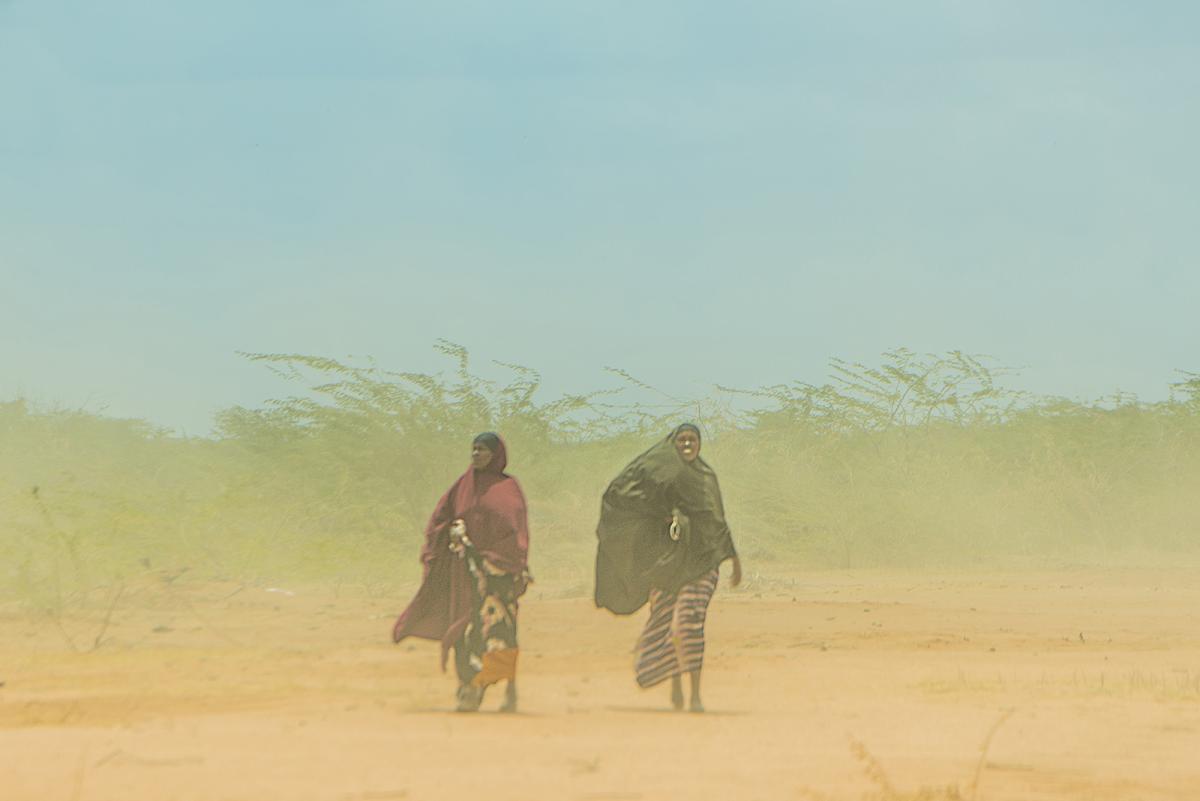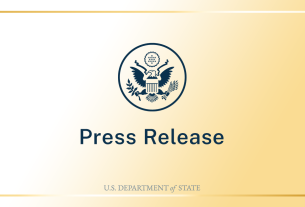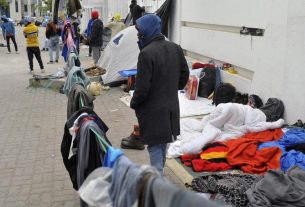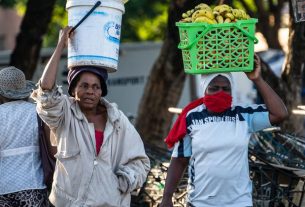|
Getting your Trinity Audio player ready...
|
A warm gust of wind kicks up a cloud of sand as children play outside the flimsy makeshift dwellings that make up Dadaab, one of the world’s largest refugee camps.
The camp was established near Kenya’s border with Somalia over 30 years ago. It continues to expand as thousands of Somali refugees flee drought and hunger.
The EU has supported humanitarian programmes in Dadaab since its inception. We provide critical aid such as food, water, heath care, and education.
A vast expanse of sand and thorn scrub, the settlement is home to nearly 250,000 registered refugees, with at least 100,000 more awaiting registration by the United Nations.
One of them, Amina Ibrahim, 34, has just arrived here with her husband and 6 children.
“It took us 2 weeks to walk here from our village in Somalia,” she says, standing in front of her home, made from blankets and plastic sheeting propped up by wooden branches.
“We used to have 40 cows, but they all died in the drought.”
Amina’s small back garden field was also destroyed in what has been described as the longest and most severe drought in Somalia’s history. She used to grow sorghum and corn there.
The country, already one of the poorest in the world, has been devastated by 5 consecutive poor rainy seasons.
While Dadaab remains an overcrowded and inhospitable wasteland 3 decades since its inception, conditions are still better than the nonexistent services in Somalia.
“I want to return home, but I’m not sure how we’ll survive there,” Amina says. “At least here we are given health care and food.”
Supporting the most vulnerable
Some of the children arriving in the camp are severely malnourished and require emergency treatment in one of the EU-supported feeding centres.
Habido Aden, 23, brought her 5-month-old daughter Mucad to one such facility run by the EU’s partner International Rescue Committee (IRC).
“She was vomiting and had a high fever,” Habido says, as she’s feeding Mucad with milk and a fortified peanut-paste used to help acutely malnourished children to recover.
Habido used to grow mango, sugar cane and beans in her home in Somalia’s Lower Juba region, where the drought has killed huge numbers of livestock and caused severe water shortages.
“The water that we can get is not clean and we didn’t have enough food because of the drought,” she says.
Many newly-arrived refugees are forced to find menial work within the camp to survive. Others rely on handouts from refugees who were already registered and entitled to food ration cards.
“It’s hard when you first arrive,” says Fatumah Salim Ibrahim, one of some 135,000 new refugees who are estimated to have arrived from Somalia since the beginning of the drought.
She brought her son Ibrahim into the feeding center after he refused to breastfeed. The staff found that the boy was at least 4 kilos underweight.
“We had very little to eat in Somalia and in the camp, we survive on food rations that sometimes are not enough,” she says. “I try to make some extra money for food by washing clothes in the camp market.”
Barbara Muttimos, a health manager with the IRC in Dadaab, says that the children who come to the feeding center are often suffering from underlying conditions that make their malnutrition even worse.
“Diarrhoea, for example, is a major cause of complication in children with severe acute malnutrition – the deadliest form of malnutrition,” she says.
“Fortunately, we save most of them, but there are also fights that we lose.”
The Horn of Africa has become hotter and drier due to climate change, resulting in an increasing number of people having to flee their homes.
Somalia is also grappling with insecurity and violence due to inter-clan fighting and the long-standing insurgency by the Islamist group al-Shabab.
All told, over 8.2 million people, nearly half of Somalia’s population, require immediate life-saving humanitarian and protection assistance in 2023.
“In addition, disruptions to grain supplies and rising prices throughout the Horn of Africa have pushed people to the brink,” says Clément Cazaubon, who oversees EU humanitarian programmes in Kenya. “Coupled with poor access to safe water and sanitation, and regular epidemics outbreaks, this has led to record numbers of children in the Horn of Africa suffering from severe acute malnutrition.”
Despite some recent rain, the crisis in the region will still continue for several months.
The United Nations is reporting soaring malnutrition rates. More than 10 million children under the age of 5 estimated to be facing acute malnutrition across the Horn of Africa.
“Drought is a cyclical problem in the region, severely impacting especially undocumented refugees who have limited access to humanitarian assistance,” says Judith Munyao, an EU food assistance expert in Kenya.
“By providing them with cash, refugees are able to buy a variety of nutritious foods and other essentials, as well setting up a small shop or investing in livestock. This could help them became more resilient in the long-term.”



